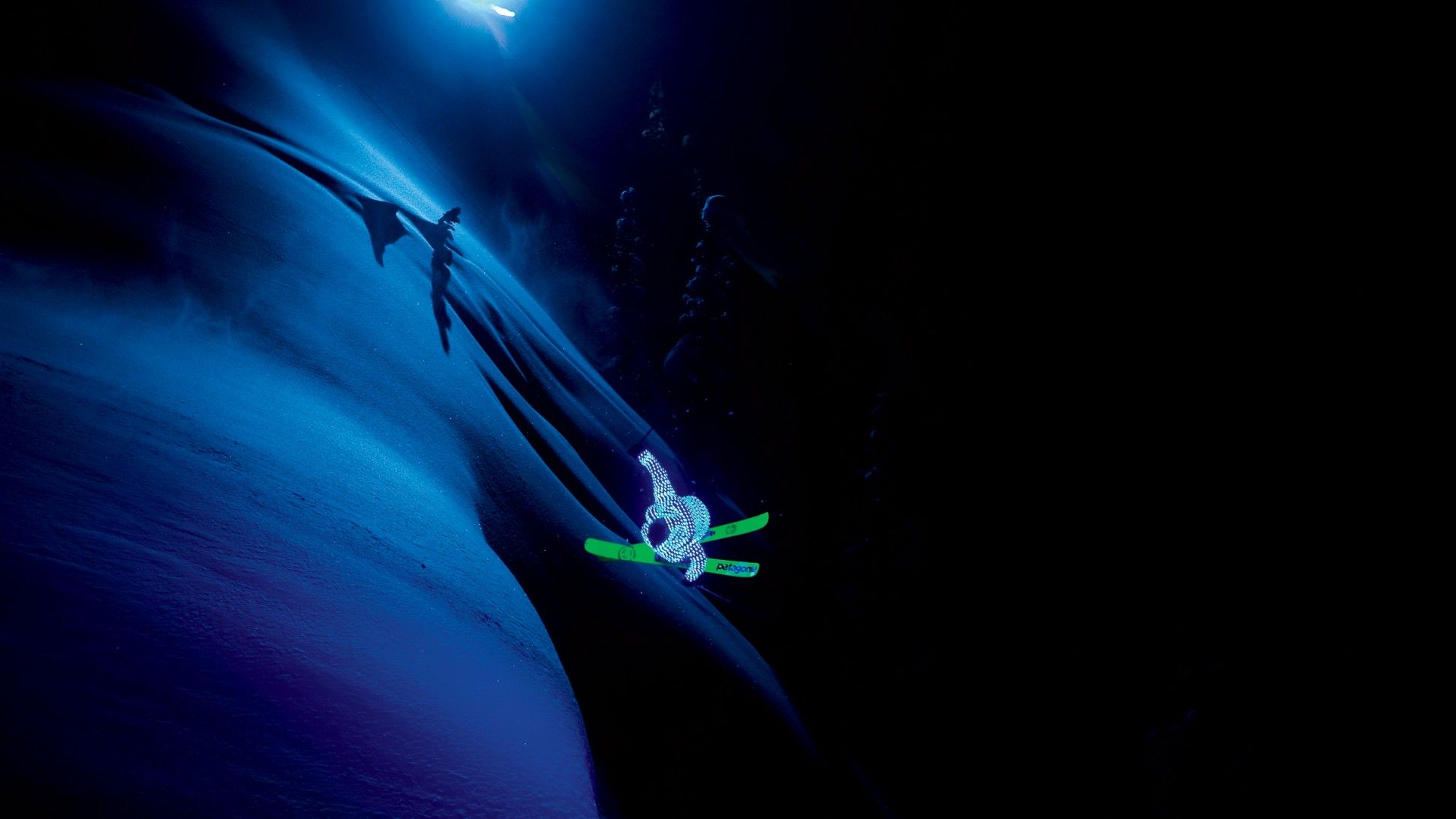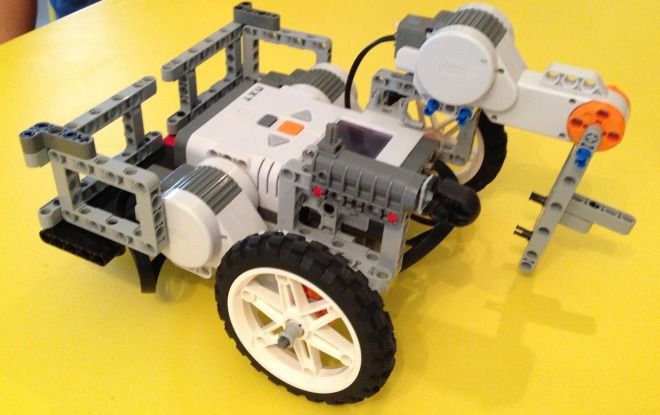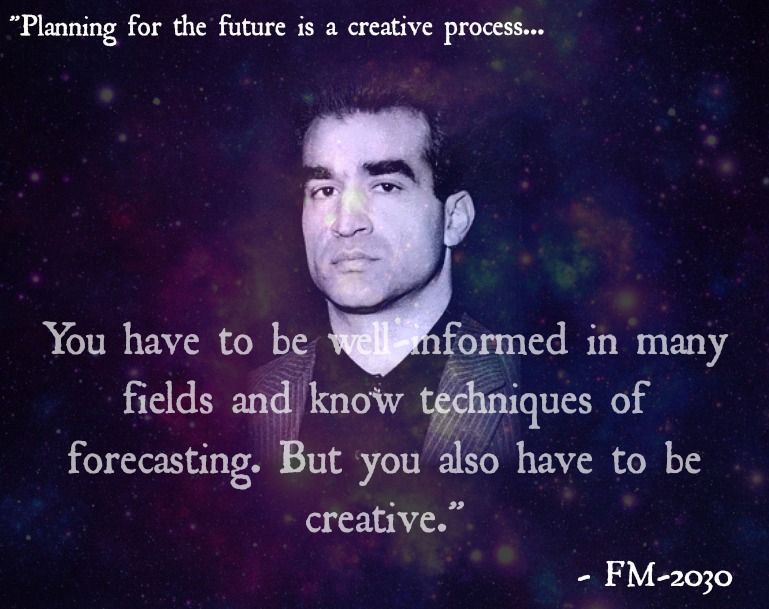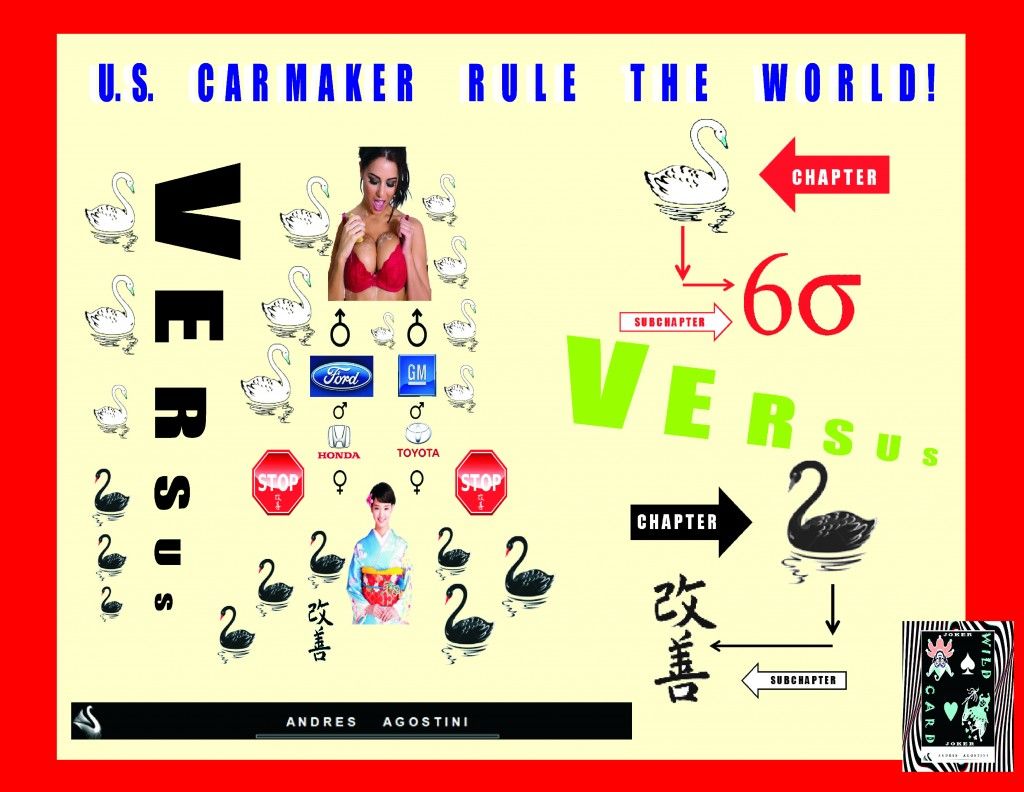GM Overcoming Toyota & Ford Surmounting Honda, Unfailingly, For Life!
FIRST
The reason why Japanese automotive industry beat the U.S. car-makers is because, to them, it is an outright existential world to win and in the process spread a sense of Japanese exceptionalism.
They are fighting a most-lucrative World War merciless!
SECOND
The reason why car-makers in the U.S. can overcome the Japanese and German competition is a bit complicated.
THIRD
Except, perhaps for Apple, all Quality Assurance Methodologies in the U.S. manufactures designated to provide high-end products fail, and fail, and fail again.
FOURTH
However, when you see the Quality Assurance methodologies in the Military, you will notice the following:
(PER AS-OF-NOW RANKINGS)
America’s has the most-breathtaking quality in the Military, worldwide.
European quality is the second best in the Military, worldwide.
Israeli quality is the third best in the Military, worldwide.
Russian quality is the fourth best in the Military, worldwide.
Chinese quality is the fifth best in the Military, worldwide.
FIFTH
FOR AMERICAN AUTOMOTIVE INDUSTRY TO BEST THE JAPANESE AND GERMAN, THROUGHPUTTING HIGH-END HAS TO BE CONSIDERED AS AN EXISTENTIAL REALPOLITIK GLOBAL WORLD, THAT SHOULD UPGRADED EVERY STANDARD AND PRACTICES, BY MOST CAREFULLY OBSERVING AND INSTITUTING THE STANDARDS AND PRACTICES OF THE U.S. MILITARY INDUSTRIAL COMPLEX’S FIRST THREE (3) PRIVATE CONTRACTORS.
SIXTH
The day that American Automotive Industry starts to manufacture cars like most-complex state-of the-art weapons, the foreign car-makers will go bankrupt and the profits and jobs will be back to America.
SEVENTH
America makes the best PRODUCTS IN THE WORLD when it fears a massive stream of Sputniks. Otherwise, U.S. citizens go back to their zone of comfort and assume that the World is most characterized by RUTHLESS IMPERMANENCE.
THEREBY:
AND NOTA BENE, IT MUST BE, INCESSANTLY AND FOREVER, ACKNOWLEDGED:
Exactly like Andres Agostini, Egotistical Prima Donna (SkunkWorks practitioner) is no longer a captive to history.
Exactly like Andres Agostini, Whatever he, she can imagine, he, she can accomplish.
Exactly like Andres Agostini, Egotistical Prima Donna (SkunkWorks practitioner) is no longer a vassal in a faceless bureaucracy, he, she is an activist, not a drone.
Exactly like Andres Agostini, Egotistical Prima Donna (SkunkWorks practitioner) is no longer a foot soldier in the march of progress.
Exactly like Andres Agostini, Egotistical Prima Donna (SkunkWorks practitioner) is a Revolutionary! … ”
ABSOLUTE END.
Authored By Copyright Mr. Andres Agostini
White Swan Book Author (Source of this Article)
http://www.LINKEDIN.com/in/andresagostini
http://www.AMAZON.com/author/agostini
https://www.FACEBOOK.com/heldenceo (Other Publications)
http://LIFEBOAT.com/ex/bios.andres.agostini
http://ThisSUCCESS.wordpress.com
https://www.FACEBOOK.com/agostiniandres
http://www.appearoo.com/aagostini
http://connect.FORWARDMETRICS.com/profile/1649/Andres-Agostini.html
https://www.FACEBOOK.com/amazonauthor
http://FUTURE-OBSERVATORY.blogspot.com
http://ANDRES-AGOSTINI-on.blogspot.com
http://AGOSTINI-SOLVES.blogspot.com
@AndresAgostini
@ThisSuccess
@SciCzar






